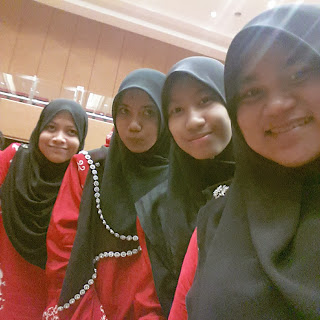The project also had specific aims about the
storage and analysis of all the data involved, and consideration of the
ethical, legal and social issues which are inevitably raised when such personal
genetic information is unraveled was also part of the brief.
The Human Genome Project
(HGP) was the international, collaborative research program whose goal was the
complete mapping and understanding of all the genes of human beings. All our
genes together are known as our "genome."
The HGP was the natural
culmination of the history of genetics research. In 1911, Alfred Sturtevant,
then an undergraduate researcher in the laboratory of Thomas Hunt Morgan,
realized that he could - and had to, in order to manage his data - map the locations
of the fruit fly (Drosophila melanogaster) genes whose mutations the Morgan
laboratory was tracking over generations. Sturtevant's very first gene map can
be likened to the Wright brothers' first flight at Kitty Hawk. In turn, the
Human Genome Project can be compared to the Apollo program bringing humanity to
the moon.
The hereditary material of
all multi-cellular organisms is the famous double helix of deoxyribonucleic
acid (DNA), which contains all of our genes. DNA, in turn, is made up of four
chemical bases, pairs of which form the "rungs" of the twisted,
ladder-shaped DNA molecules. All genes are made up of stretches of these four
bases, arranged in different ways and in different lengths. HGP researchers
have deciphered the human genome in three major ways: determining the order, or
"sequence," of all the bases in our genome's DNA; making maps that
show the locations of genes for major sections of all our chromosomes; and
producing what are called linkage maps, complex versions of the type originated
in early Drosophila research, through which inherited traits (such as
those for genetic disease) can be tracked over generations.
The HGP has revealed that
there are probably about 20,500 human genes. The completed human sequence can
now identify their locations. This ultimate product of the HGP has given the
world a resource of detailed information about the structure, organization and
function of the complete set of human genes. This information can be thought of
as the basic set of inheritable "instructions" for the development
and function of a human being.
The International Human
Genome Sequencing Consortium published the first draft of the human genome in
the journalNature in February 2001 with the sequence of the entire
genome's three billion base pairs some 90 percent complete. A startling finding
of this first draft was that the number of human genes appeared to be
significantly fewer than previous estimates, which ranged from 50,000 genes to
as many as 140,000.The full sequence was completed and published in April 2003. Upon publication of the
majority of the genome in February 2001, Francis Collins, the director of
NHGRI, noted that the genome could be thought of in terms of a book with
multiple uses: "It's a history book - a narrative of the journey of our
species through time. It's a shop manual, with an incredibly detailed blueprint
for building every human cell. And it's a transformative textbook of medicine,
with insights that will give health care providers immense new powers to treat,
prevent and cure disease."
The tools created through
the HGP also continue to inform efforts to characterize the entire genomes of
several other organisms used extensively in biological research, such as mice,
fruit flies and flatworms. These efforts support each other, because most
organisms have many similar, or "homologous," genes with similar
functions. Therefore, the identification of the sequence or function of a gene
in a model organism, for example, the roundworm C. elegans, has the
potential to explain a homologous gene in human beings, or in one of the other
model organisms. These ambitious goals required and will continue to demand a
variety of new technologies that have made it possible to relatively rapidly
construct a first draft of the human genome and to continue to refine that
draft.
These
techniques include:
- DNA Sequencing
- The Employment of Restriction Fragment-Length
Polymorphisms (RFLP)
- Yeast Artificial Chromosomes (YAC)
- Bacterial Artificial Chromosomes (BAC)
- The Polymerase Chain Reaction (PCR)
- Electrophoresis
Of course, information is
only as good as the ability to use it. Therefore, advanced methods for widely
disseminating the information generated by the HGP to scientists, physicians
and others, is necessary in order to ensure the most rapid application of
research results for the benefit of humanity. Biomedical technology and
research are particular beneficiaries of the HGP.
However, the momentous
implications for individuals and society for possessing the detailed genetic
information made possible by the HGP were recognized from the outset. Another
major component of the HGP - and an ongoing component of NHGRI - is therefore
devoted to the analysis of the ethical, legal and social implications (ELSI) of
our newfound genetic knowledge, and the subsequent development of policy
options for public consideration.
















